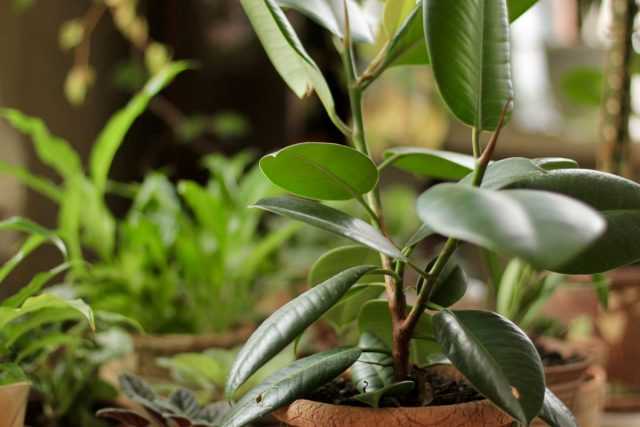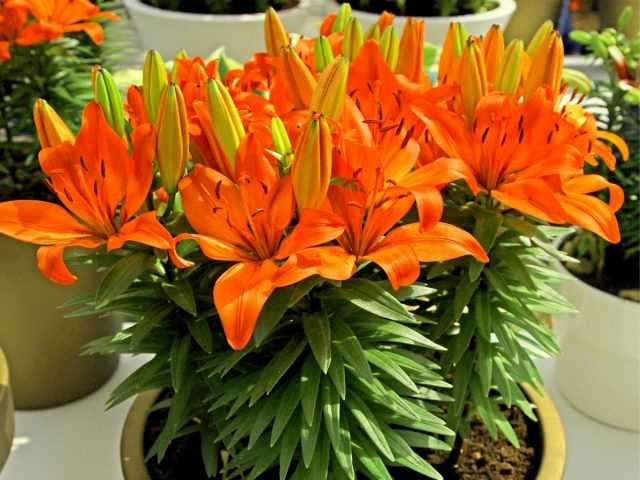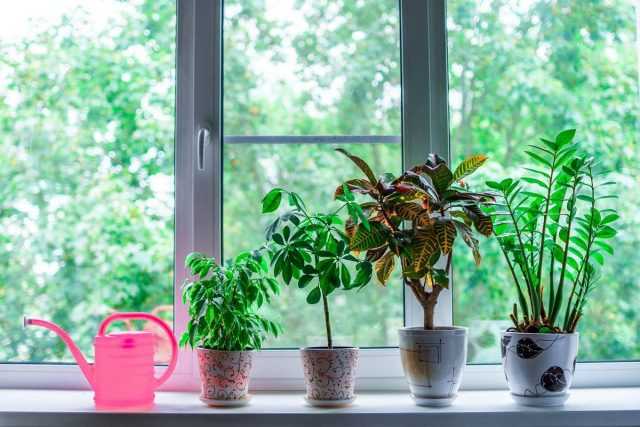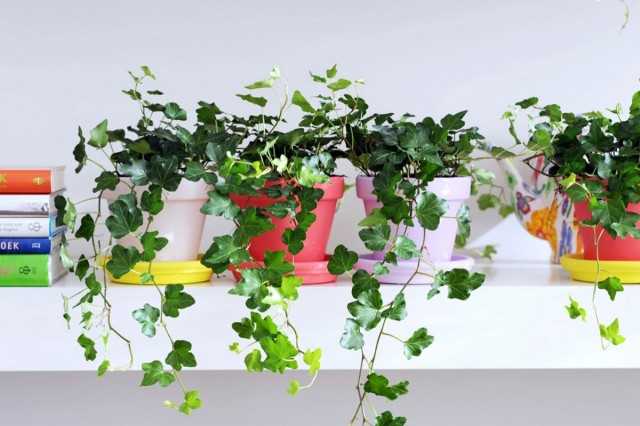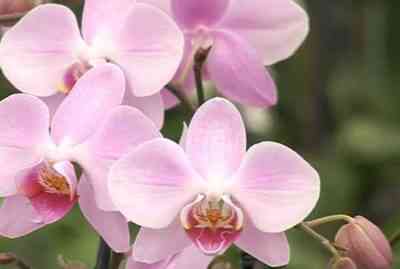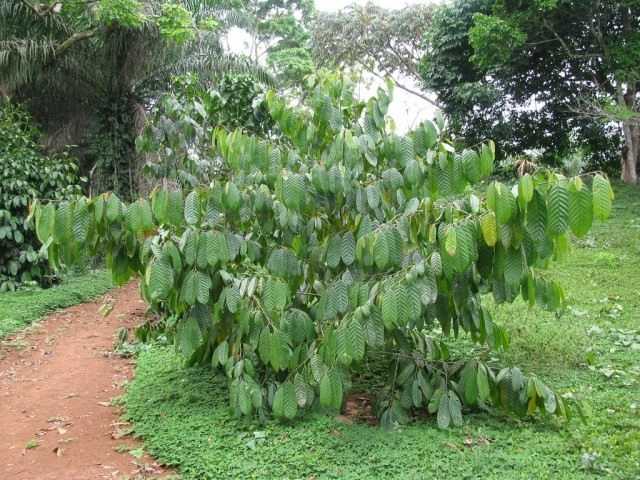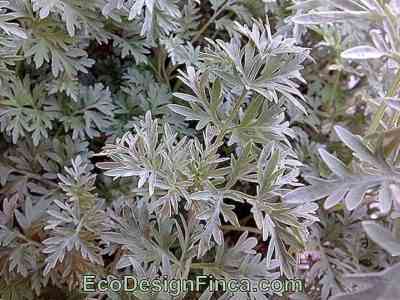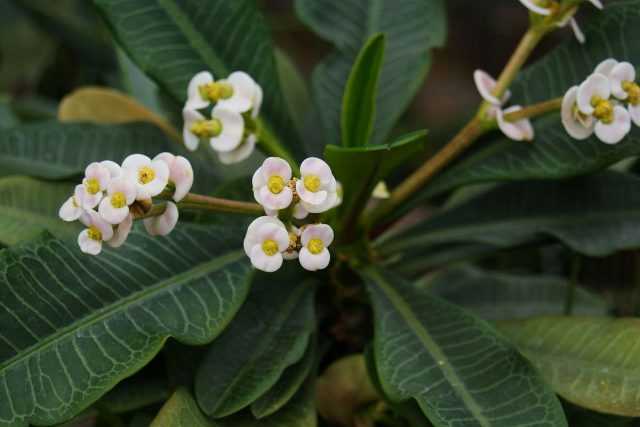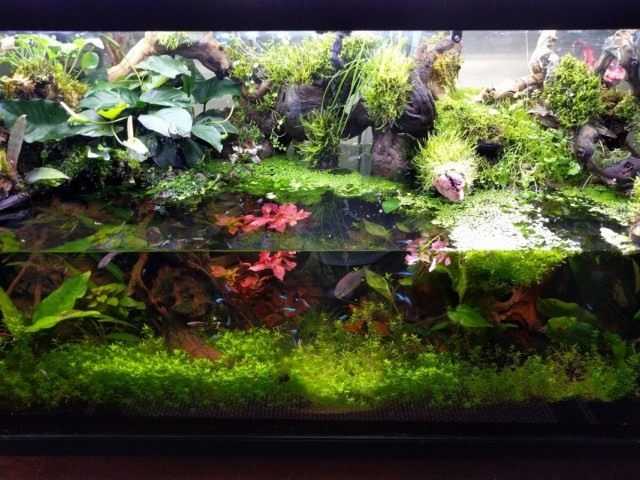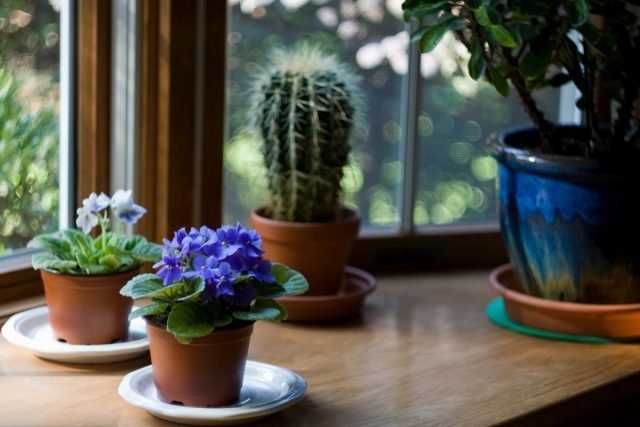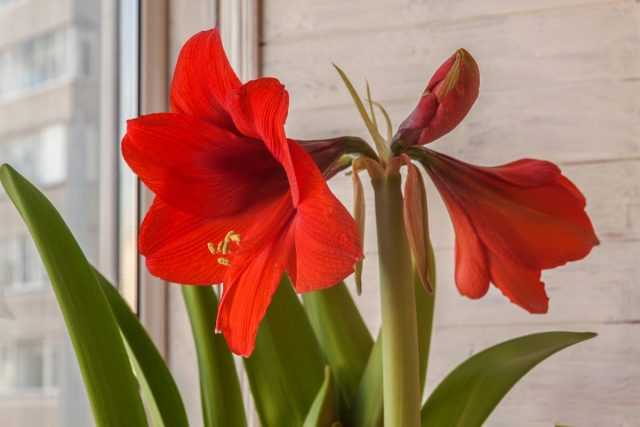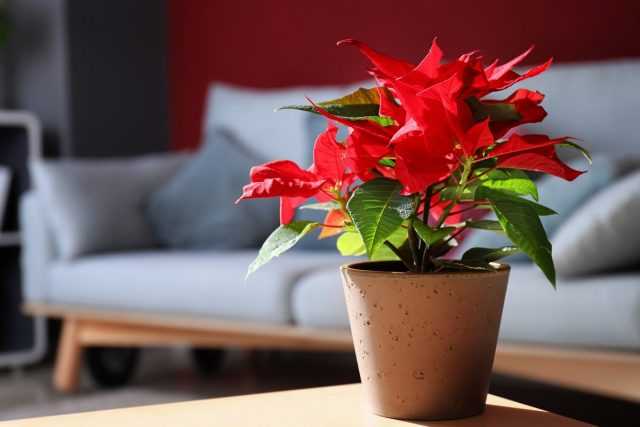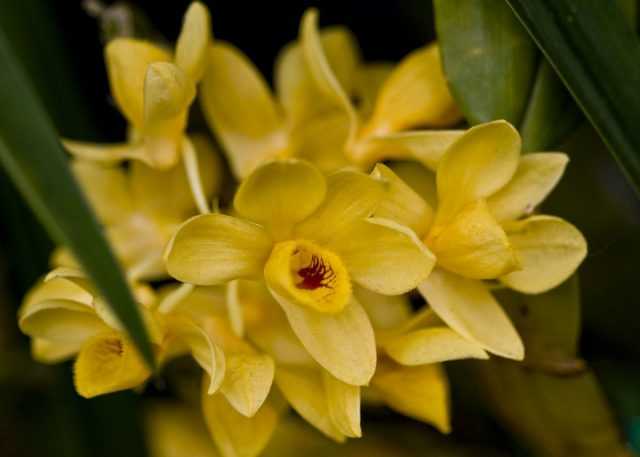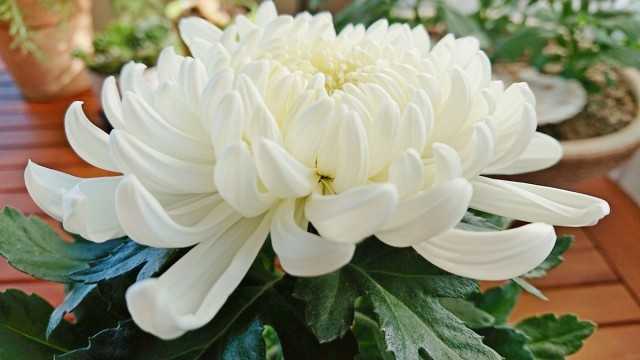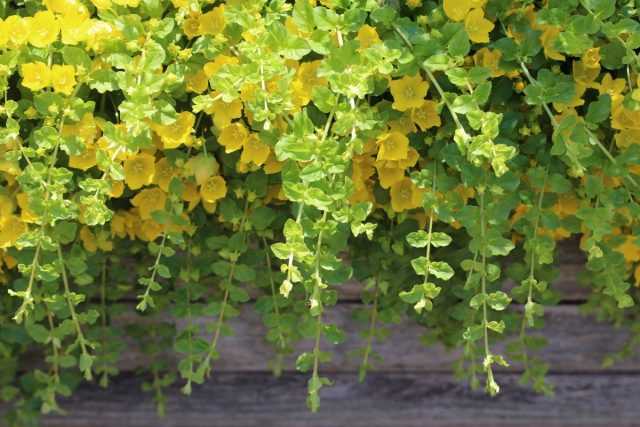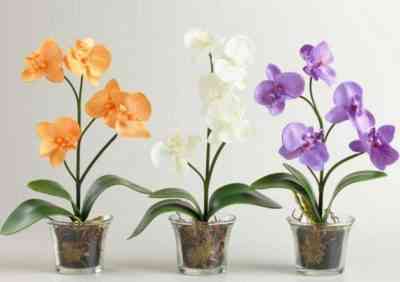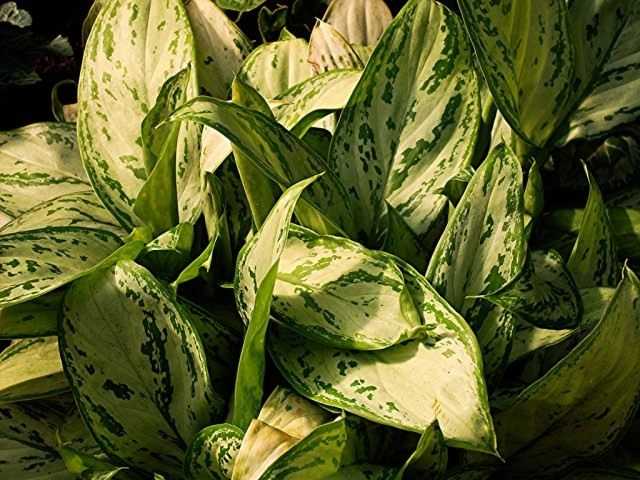When choosing plants for gardening a nursery, they often act from the opposite – they are looking for crops that cannot harm. Among indoor plants, it is true, there are many poisonous and those that, due to thorns, hard leaves or deceptively appetizing appearance, are simply incompatible with the design of the space for a child. But if you want to find plants that will become a colorful part of your baby’s life, you should still use other criteria. Indeed, for a children’s room it is better to select the most useful, and not the least dangerous species.
The most useful indoor plants for the nursery
Contents:
Criteria for the selection of plants for a nursery
Evaluating indoor crops in terms of benefits is not the most popular option. Perhaps the reason for everything is the generally accepted criteria for evaluating plants, in which toxicity is considered the most important of the negative “symptoms”. But how plants purify the air or influence the atmosphere is often not mentioned at all.
If it is worth changing traditions when looking for the best landscaping strategy, then it is when choosing species for a children’s room.
Don’t look for less harmful and less dangerous plants, just make a list of characteristics that are unacceptable for the nursery. And concentrate on something else – on what benefits indoor plants can bring to the room in which your little one spends a lot of time.
All indoor plants produce oxygen to help create a healthy environment. But the “refreshing effect” is not the most important of the whole spectrum of positive effects of plants on our homes. The decisive criteria for the selection of useful plants for a nursery should be:
- color and harmonizing effect on the surrounding space;
- the ability to neutralize and absorb toxins and harmful substances (including those released by furniture and detergents);
- phytoncidal properties;
- noise-absorbing characteristics.
The correct selection of plants allows you to create a comfortable, healthy atmosphere with a minimum of their number. Indeed, in the children’s room, even the classical number of pots with plants for the rest of the premises is inappropriate. Here it is permissible to expose only from 3 to 5 small and medium-sized plants or 1-2 large plants corresponding to them in terms of the “volume” of useful actions.
And they must always be in perfect condition: cleanliness, hygiene, timely cleaning of leaves and cleaning of plant debris are the only guarantees that the plants in the nursery will fulfill their “functions”.

The psychological impact of plants on children
When looking for original, colorful and space-enhancing types of indoor plants for a children’s room, first of all, you should think about how they affect the interior from an aesthetic and psychological point of view. The fact that even one plant is capable of creating harmony or breaking it is known not only by experts of the ancient teachings of Feng Shui, but also by interior designers.
Indoor plants, with the right selection, can both emphasize and hide all the imperfections of the room itself, furniture, and even textiles.
Color is the most important selection criterion. For a children’s room, they often try to pick up plants with basic, pure, “acrylic” colors, the most colorful options. But it is precisely in the nursery that the green color manifests itself most strongly.
It brings peace and calming effect on the nervous system, allows you to find balance and harmony between the phases of activity and rest. You need to choose not the brightest, but medium or light, muted green – with a slight bluish, grayish tint or softened edge.
According to other criteria, it is better to focus on the interior and take into account the general rules. Houseplants will soften straight lines and sharp corners if you choose openwork textures, transparent, multi-tiered loose silhouettes.
It is possible to delimit the space and separate the zones from one another, to visually increase the “volume” of the room, if you choose graceful elongated tree-like forms with small leaves or lush shrubs, rather than large-leaved plants.
The sod, “pillow” and rosette effect of medium-sized accents will help to create comfort in the working area, to draw you to important places for study, reading, and hobbies.
From the point of view of the color palette and the influence on the space, the ideal plants for a nursery are rightly considered citrus fruits, sedum, peperomia, herbs (rosemary, thyme, oregano), pelargonium and chlorophytums… The appearance of the leaves also has a calming effect. saint with their delicate palette of colors.
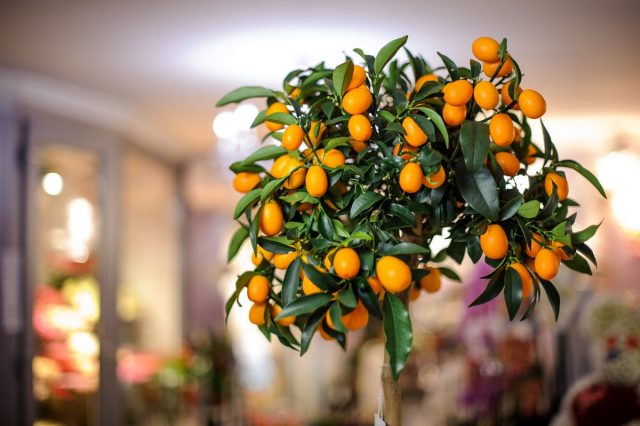
Phytoncide plants are the best for the nursery
The category of phytoncidal plants is rather arbitrary. These species include all plants that secrete essential oils and biologically active substances with immunity-enhancing and air-decontaminating properties. Phytoncides reduce the number of pathogenic microorganisms, bacteria, fungi, at least 2 times.
For example, peperomias “kill” even bacteria of the class of staphylococci and streptococci. Phytoncidal plants are able to have a beneficial effect on the immune system and defenses even after half an hour of staying next to them.
These are mood-enhancing and well-being species, and are often credited with “magical” properties – relieving headaches or depressed moods. But in fact, this is the effect of essential oils, which are almost not felt in the air.
The best phytoncides for a nursery:
- peperomias;
- aspidistra high;
- pelargonium;
- eastern flatfish;
- lemon;
- mandarin;
- lime;
- Pomeranian;
- Kalanchoe pinnate;
- aromatic Kalanchoe;
- aloe vera and arboreal (varieties with thornless leaves);
- hibiscus chinese;
- English or French lavender;
- common myrtle;
- Arabian coffee.
The fashion of growing your own herbs and herbs in pots is slowly spreading beyond kitchens. Spicy herbs, which have no less phytoncidal properties than the original room dwellers, not only improve and heal the air: they grow quickly, are interesting in texture, tasty, cut well and look very elegant.
Read more about peperomia in the material Peperomia – a round-leaved and many-faced baby.
Rosemary, one of the best plants for the prevention of colds and diseases of the respiratory system, will gladly settle in the children’s room. But it is worth taking a closer look at other stars – thyme, especially variegated and original colored varieties, marjoram, oregano, chives with its thin leaves in elegant bushes, mint, lemon balm, catnip, lofanta.
Potted strawberries can be easily attributed to the section of “useful” and edible plants, which both looks amazingly joyful and is able to present a useful delicacy. Today, more and more pot versions of fruit trees are on the market – even cherries or cherries. But it is better for them to prefer citrus fruits, which surprisingly change the atmosphere in the room.
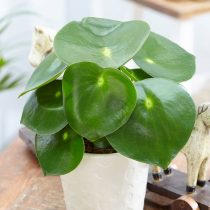
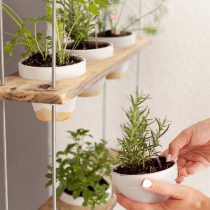

“Stoppers” when choosing plants for the nursery
Children’s room is the easiest object for selecting types of indoor plants. After all, it is obvious which plants should not be used and why. It is enough to have on hand a list of those criteria that should immediately lead to the exclusion of a species from the list of suitable candidates.
Indoor plants with any of the “dangerous” characteristics are subject to an unconditional ban:
- the presence of dangerous bristles or thorns;
- too hard or sharp edges of the leaves, which can hurt (for example, the leaves of cereals cut the skin no worse than thin paper);
- plants with too intense or unpleasant aroma;
- cultures belonging to the class of poisonous – and possessing irritating mucous membranes and skin juice, and poisonous only when taken internally;
- species to which the child is allergic, their relatives and all allergenically dangerous plants;
- plants that require complex care and a special environment, including keeping in showcases or florariums.
Dear readers! When choosing plants, be sure to ask the child’s opinion. If he is already showing interest in growing, choose species that will easily give “results” even with not very proper care. In any case, culture that is unpretentious and easily tolerates various surprises is always the best choice.

